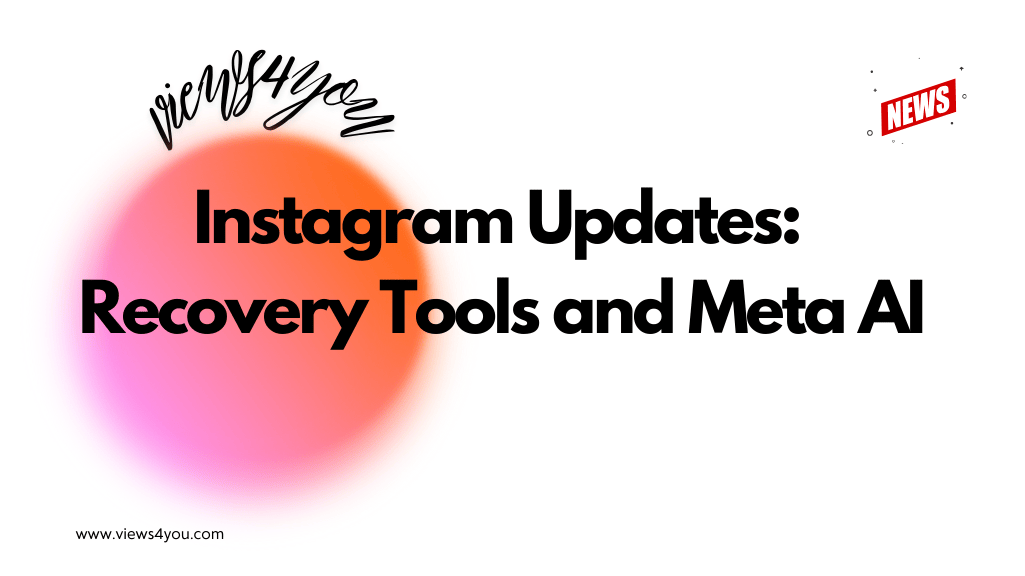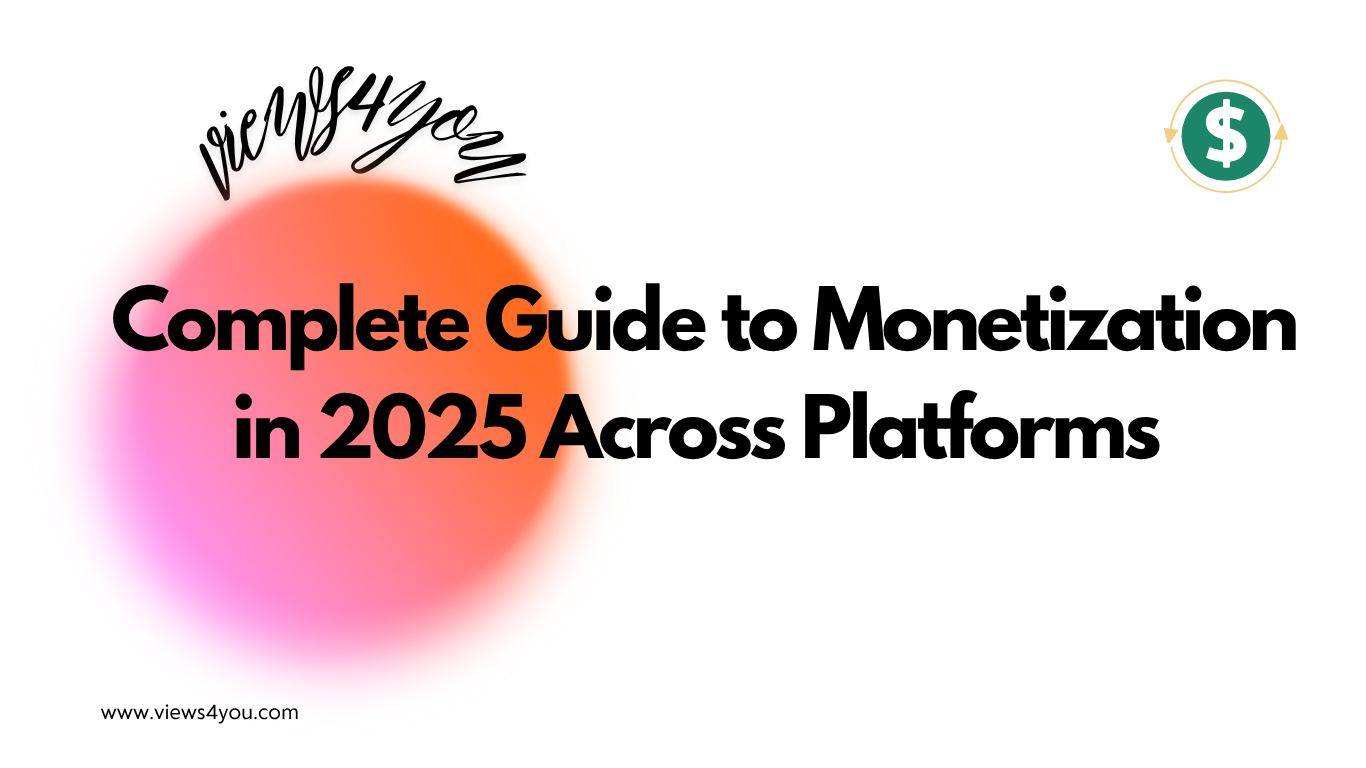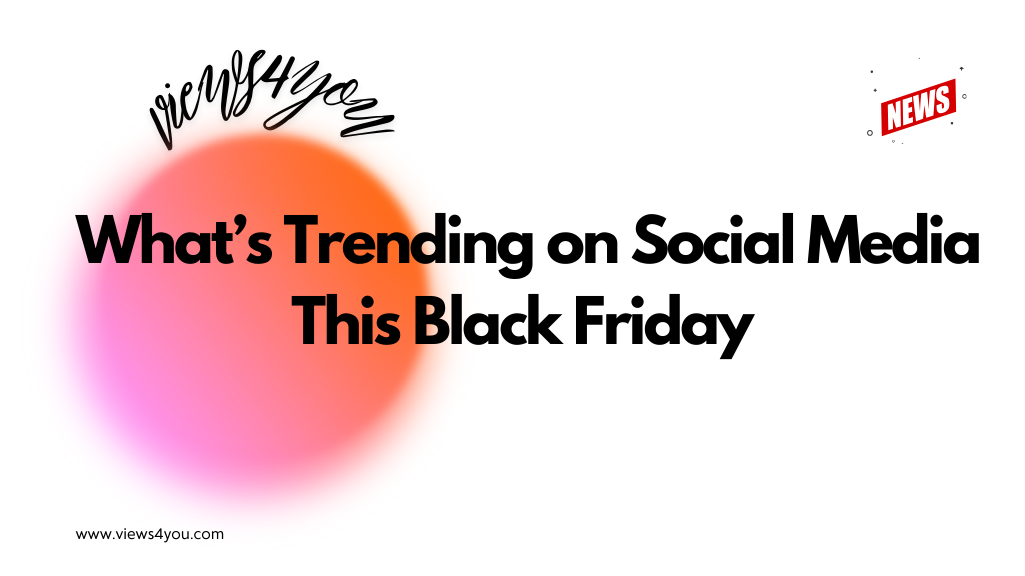Meme marketing is the use of humorous, relatable memes to promote brands, products, or ideas online. It offers high engagement, cultural relevance, and low-cost visibility. However, risks include misunderstood humor, short trend cycles, and potential copyright issues. Brands succeed by balancing creativity with audience fit, timely trends, and consistent brand voice.
Meme marketing is the practice of using humorous, relatable images, videos, or text to promote brands, products, or ideas online. It has become one of the fastest-growing trends in digital marketing because it thrives on the viral nature of internet culture. But many marketers have the same question: can meme marketing truly deliver long-term brand value, or is it just a short-lived tactic? In this post, you will learn the potential rewards, the risks to watch out for, and the smart ways to use memes without damaging your brand image.
The Allure of Meme Marketing
The biggest appeal of meme marketing lies in its speed and reach. A well-crafted meme can spread across multiple platforms within hours. Unlike traditional advertising, memes blend into social feeds naturally. They do not look like ads, which makes people more willing to engage with them.
This approach also brings cultural relevance. A brand that participates in trending meme conversations can appear modern, witty, and in touch with its audience. For startups or small businesses, meme marketing can deliver wide visibility at a much lower cost compared to traditional ad campaigns.
Understanding the Risks
While meme marketing offers major upsides, it carries significant risks. One poorly executed meme can turn into a public relations problem. Humor is highly subjective, and memes often tread a fine line between being clever and being offensive.
Another risk is timing. Memes have a very short lifespan. What feels fresh and relevant today may feel outdated or awkward in just a few days. Posting an old meme can make a brand seem disconnected from online culture.
There is also the legal side. Many popular memes use copyrighted images or video clips. Using these without permission could lead to copyright claims or legal disputes.
Striking the Right Balance
The brands that succeed in meme marketing are those that find balance. They understand their audience, stay aware of trending formats, and respect the boundaries of good taste. Not every meme is a fit for every business, and knowing when to engage is as important as knowing what to post.
Creating original memes inspired by popular formats is one of the safest strategies. It ensures the humor feels timely while keeping the content unique to the brand. Staying consistent with brand tone also prevents the humor from feeling forced or out of place.
When Meme Marketing Works Best

Meme marketing works best when it is part of a larger content plan. It should enhance the overall strategy, not replace more reliable marketing tactics.
Industries like lifestyle, fashion, tech, and entertainment often see the most benefit. Their audiences already live within online culture, making memes a natural fit. But even more serious industries can use memes sparingly to show a human side and break down formal barriers.
Lessons from Successful Campaigns
The most successful meme campaigns share a few key qualities. They are timely, culturally relevant, and authentic. Brands that respond quickly to trending topics often earn significant attention.
In these campaigns, humor is a natural extension of the brand’s personality. The memes are carefully chosen or created so they fit both the trend and the company’s image. This authenticity builds trust and keeps audiences engaged without feeling like they are being sold to.
Practical Tips for Safe Meme Marketing
Good meme marketing requires a clear approach. The following practices can help brands reduce risk while maximizing rewards.
Before diving into the tips, it is worth noting that preparation matters as much as creativity. Brands that plan ahead are more likely to post memes that resonate and avoid ones that backfire.
- Stay updated on trending formats and cultural references.
- Evaluate audience fit before posting a meme.
- Avoid divisive humor that could alienate customers.
- Create original variations to avoid copyright risks.
- Test memes on smaller platforms or internal groups before wide release.
Following these steps will give your meme campaigns a safer foundation and help them align with your overall brand goals.
Key Takeaways for Brands
Meme marketing offers brands an opportunity to connect with audiences in a fun, authentic way. When done thoughtfully, it can generate high engagement, strengthen brand personality, and increase visibility. But without cultural awareness and careful execution, the same approach can damage credibility. The most successful brands find a balance between humor and professionalism, ensuring their memes stay relevant, respectful, and on-brand.
FAQs
What is meme marketing in simple terms?
Meme marketing is using internet memes—funny images, videos, or text—to promote a brand or message in a relatable way.
Why do brands use memes in marketing?
Memes help brands engage audiences quickly, increase visibility, and appear more relatable without heavy advertising costs.
What are the main risks of meme marketing?
Risks include backlash from misunderstood humor, outdated references, and potential copyright issues.
How can a brand make meme marketing safe?
Brands should create original memes, stay updated on trends, and ensure humor aligns with their brand voice.
Is meme marketing suitable for all industries?
While it works best in creative sectors, even serious industries can use memes carefully to humanize their image.
Can meme marketing replace other marketing strategies?
No, meme marketing should complement existing strategies, adding engagement and cultural relevance without replacing core campaigns.






